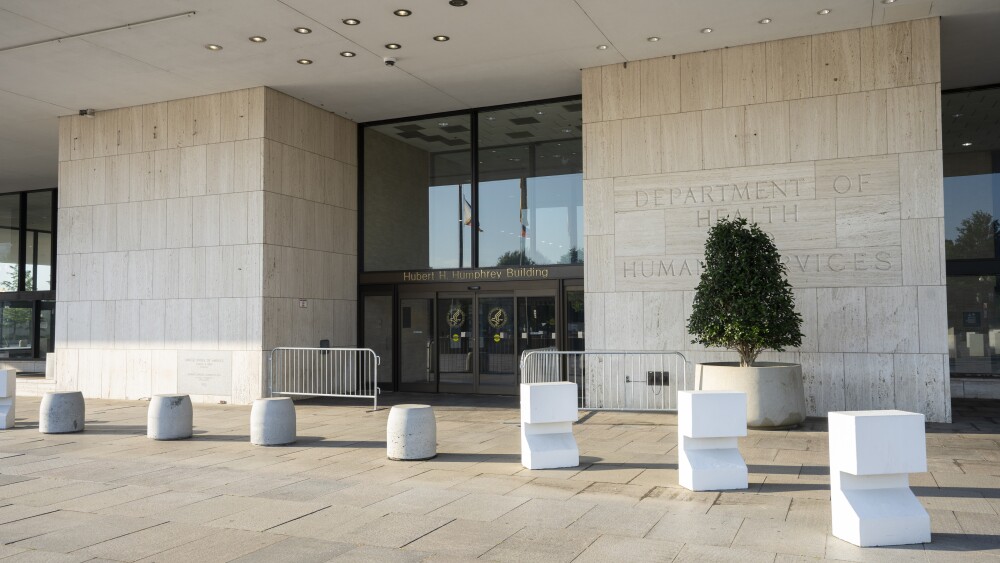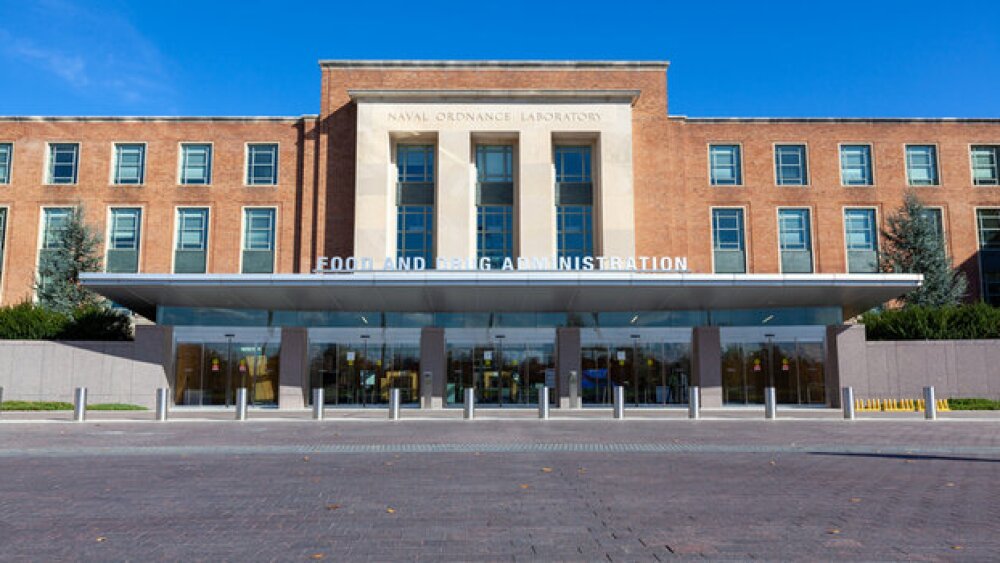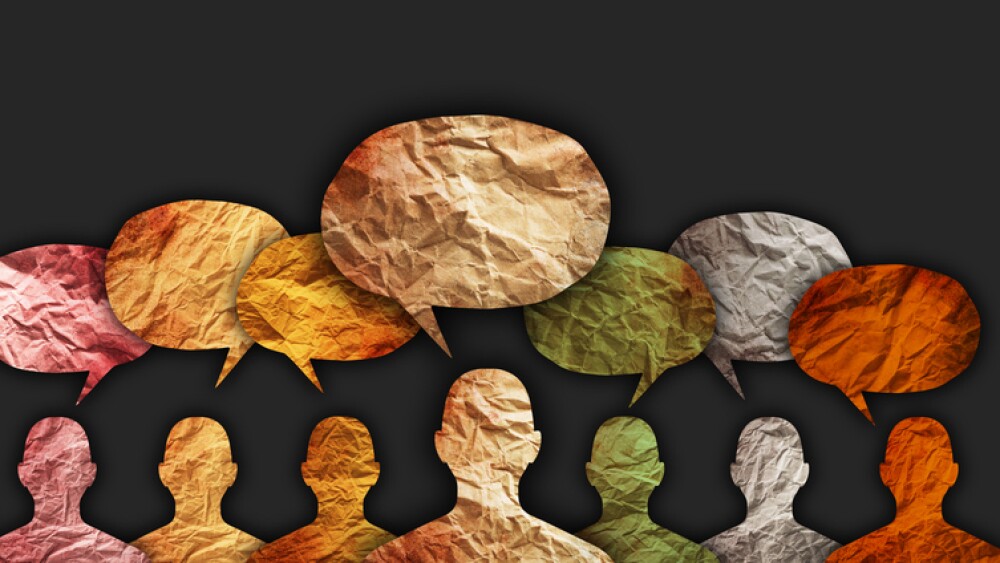February 3, 2015
By Riley McDermid, BioSpace.com Breaking News Sr. Editor
James A. Bianco is CEO of CTI BioPharma, and is the principal founder of Cell Therapeutics, as well as its president. Bianco has been responsible for securing more than $1.8 billion in operating capital and is the chief architect of the company’s portfolio strategy, leading the acquisition, development and commercialization of novel agents that improve the safety and efficacy of existing standard-of-care chemotherapies or have unique mechanisms of action.
Under his watch, he has overseen the acquisition of pacritinib, EMA approval of pixantrone, in-licensing of tosedostat, the acquisition of Zevalin and successful submission of sBLA expanding label indication to front-line consolidation, the acquisition of Novuspharma (pixantrone), as well as NDA and MAA approval of Trisenox.
Prior to founding CTI BioPharma, Bianco was an assistant member in the clinical research division of the Fred Hutchinson Cancer Research Center (FHCRC) and an assistant professor of medicine at the University of Washington. From 1990 to 1992, Bianco was the director of the Bone Marrow Transplant Program at the Veterans Administration Medical Center in Seattle. He currently serves on the board of directors of the Seattle Symphony and the Seattle Symphony Foundation. He received his bachelor of science degree in biology and physics from New York University and his medical degree from Mount Sinai School of Medicine.
BioSpace asked Jim about the things that make him tick—and what advice he’d have for someone coming into biotech and life sciences today, particularly if they are aiming for the C-level crown.
1. What’s your hometown and do you get back there often?
I grew up in an area of the South Bronx that was a multi-ethnic community within an un-specified “safe” area—what was called the “Five Corners.” Outside of that geographic area, the surrounding local environment was, let’s say, less than safe. In fact, when I was accepted to The Bronx High School of Science, I needed to venture outside of the safe perimeter of my childhood neighborhood to catch the Goulden Avenue Bus: If you couldn’t run fast enough to catch the bus, you were a statistic.
I initially went back to my childhood neighborhood when my first son was born in 1991 to have him baptized at St. Dominic’s Church, the community church where I was baptized. Shortly after that, we learned the pastor who performed his baptism was killed during a robbery in the church. Twenty years later, I brought my three sons back to my hometown neighborhood, and the fact that our driver refused to enter the neighborhood says it all about the evolution of that neighborhood.
My children were in awe of the fact that my family of six, my cousin’s family of four, my grandparents and aunts could all live in that small three-level home in the South Bronx. I think it reinforced the set of values that I share with my children about the value of family and community over tangible goods.
2. What was the last book you read and would you recommend it?
“Teams at the Top.” Although it is not the last book I read, I read it 10 years ago, but its message is as relevant today as then. It will surprise many top managers.
3. Do you have a pet? What’s its name?
Yes, Max, short for Maximus. He is a 3-year-old, 80 lb German shepherd. They are one of the most loyal and protective breeds of dogs. That’s a way of saying, “Don’t get too close!”
4. Favorite food for each season?
Tough question as I love to cook and love to experience culinary talents around the world, so seasons are somewhat fabricated depending where you are in the world and what time of year.
When I’m in the Northwest, during the summer months, handcrafted pizza cooked in a wood burning oven. That time of the season is prime for ripening tomatoes, crustaceans like spot prawns or Dungeness crab, and locally produced artisan cheeses and vegetables.
In the fall, Chinook salmon, in particular, steelhead salmon grilled over hardwoods and served with Citrus Beurre Blanc comes to mind.
In winter, it’s a toss-up between slowly braised lamb stew or minestrone with sweet sausage—all with homemade stocks and reductions.
In the spring time it’s all about the bloom—pan seared/sautéed courgette flowers stuffed with local morel mushrooms and black truffles served alongside first-of-the-season halibut.
5. All-time favorite movie?
Tough choice, but I would have to say “The Godfather, Part I.” It really hits home on the value of family, culture, religion and education and how hard immigrants worked in this country to make a better life for their families. Divorced from the crime element, the message is refreshing in today’s confused society.
6. How did you meet your spouse?
Kind of like on the set of “Grey’s Anatomy,” I was an oncology fellow at University of Washington, and she was a first-year medical resident. The rest was history.
7. Hobbies?
I like to think of golf as a hobby, but it doesn’t like to think of me as a golfer.
I am an avid collector of vintage guitars ranging from classic collectibles, like 1958-1960 Gibson Les Pauls (so called Bursts and Gold Top), to vintage 1957-1960 Fender Stratocasters, to 1964 Marshall Bluesbreaker AMP or Vox AC30.
I also love boating, exploring new islands and horizons. There is something peaceful and expansive about the ocean/sea. It’s a whole world waiting to be explored.
Lastly, I am a gourmand. I love to cook, experience the creativity and talent of chefs around the globe. Cooking is a release: A place of gastronomic creativity and sanctuary, where I create and others enjoy. I cook every day at home for family and friends.
8. What’s your favorite part of the day?
4:30 a.m. before sunrise—especially on a boat. It’s a time of introspection before the hustle of the day begins. It’s a time of reflection on the awesomeness of the natural beauty that surrounds us. What we at times take for granted, especially when we get caught up in the craziness of our lives and business day.
9. Do you have a personal hero?
My mother and father—who raised four children in a lower middle class neighborhood in the South Bronx. Both working two or more jobs, taking care of my father’s elderly parents who lived (and died) in our home, while also teaching us the American Dream. Both were first generation Italian-Americans.
My father, a World War II decorated B17 pilot (Purple Heart, Air Medal), believed the American Dream had stairs to climb (you can’t become a doctor—you have to start as a pharmacist, then your kids can be a dentist then their kids can become a doctor).
My mother was the optimist, believing you could achieve whatever your dreams hold. That balance of conservatism and aspiration helped shape the moral fabric and ethics for my personal and professional life. When my wife and I started our family in Seattle, we brought my parents to come live with us. The stories and values they shared with our children have similarly shaped their lives. My father, at age 94, passed away from bladder cancer at home with his family, just like his parents did with him. It is truly the end of the last great generation, but they passed along those values, aspirations and worth ethic to me and my children.
10. Best advice for a young person coming into biotech or healthcare today?
Understand why you do what you do. It’s all about the “why"—what you do and how you do it come later. I wanted to be a physician because I wanted to make a difference in people’s lives, not for the money and not for the status. When I started CTI BioPharma, I drew upon that same moral compass to lead me as to why I would leave clinical medicine to start a company. The road, the mission, the vision was always the same—to make a meaningful difference in patients’ lives. So believe in your “why” and the “what” and “how” will follow—-don’t follow the reverse.






